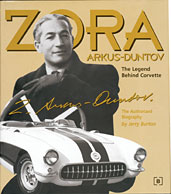Technical Paper
‘Skins’ by Design: Humans to Habitats
2003-07-07
2003-01-2655
Whether we live on land, underwater, or out there in space, what makes it possible is our ‘skin’. The one we were born with, the one we wear, the one we live in, and the one we travel in. The skin is a response to where we live: it protects as our first line of defense against a hostile environment; it regulates as part of our life-support system; and, it communicates as our interface to everything within and without. In the context of space architecture – we, our space suits, vehicles and habitats are all equipped with highly specialized ‘skins’ that pad us, protect us and become an integral part of the design expression. This paper approaches the subject from a holistic perspective considering ‘skins’ and their manifestation as structure, as vessel, as texture, and as membrane. The paper then goes on to showcase innovative use of materials in practice through two case studies: the ‘spacesuit’ and ‘inflatable habitats’.

